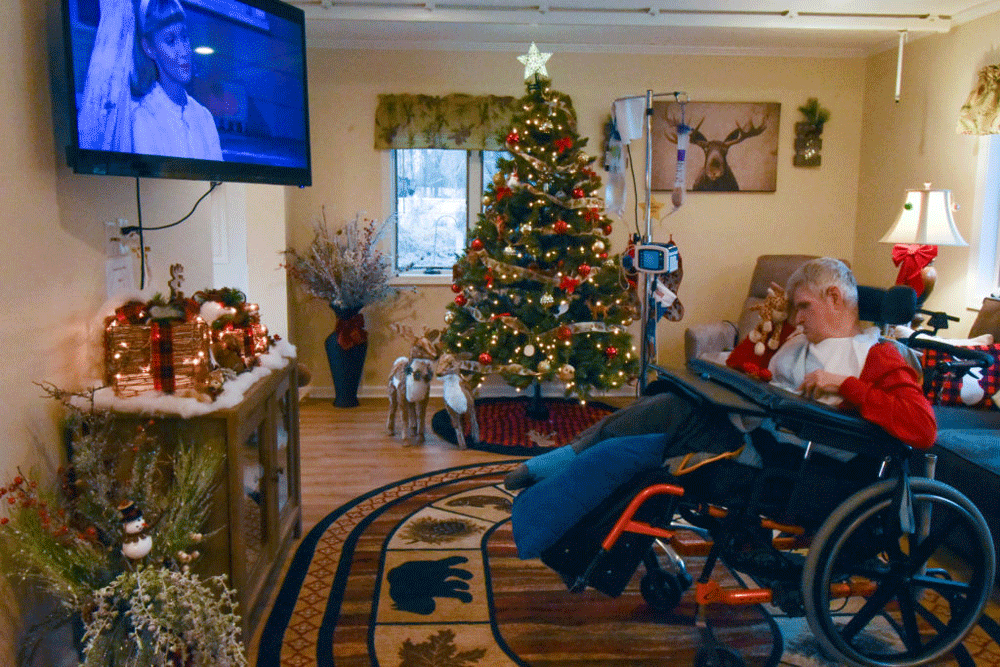State Institutions Aren’t the Only Option for People With Disabilities

President and CEO of KenCrest, Marian Baldini, explains how there are other options for people with disabilities than an institution.
An op-ed written by Marian Baldini, submitted to the Philadelphia Inquirer.
In October several developmental disability agency leaders were asked to testify to the Pennsylvania House Health and Human Services Committees, at a hearing regarding institutions in Pennsylvania for individuals with intellectual disabilities. Pennsylvania is one of 36 states that still operates residential institutions for those with disabilities and serves about 700 individuals between four different institutions. Earlier this year, the Office of Developmental Programs announced its intention to close two of those institutions, Polk and White Haven, over the next three years; it sparked a lot of debate and confusion. Was this the best option for these individuals?
While I have over 45 years of leadership in this field, my driving force for being here has never changed; it’s my desire to see people with intellectual disabilities in community settings, with or close to family. I grew up in a large family that insisted on inclusion; none of my relatives with developmental disabilities left our family for an institution.
Over the years, I heard many stories of families directed to place their newborn with a developmental disability into a nursing home, or at elementary age into an institution. Most families did not follow these directions, and people with developmental disabilities remained with their loved ones. If you were one of the families who needed assistance, placement in an institution was the only option.
At KenCrest, where I serve as CEO and President, just two years ago we helped the families of residents of the former State-Run Hamburg Center evaluate their choices for their loved one’s future. Most were skeptical that community living as a residential option could meet their relative’s needs. We met with the residents and their relatives, and were interviewed by ten families; eight accepted our invitation to join the KenCrest family in a community living setting. The Office of Developmental Programs offered a detailed and caring process to ensure that the needs of each person would be met. That process ensured that the families would be able to decide where their loved one lived. By the time we were ready to move the residents into their new community homes and neighborhoods, one individual had passed away and two were transitioning directly from hospital stays.

Some would raise an alarm about the risks of these transitions, but the proof of our success is in the stories of those who have moved. Since that time many of these individuals have progressed in their health and social interactions. We’re discovering new things about them every day, and their community has rallied around them. One resident in particular who has multiple disabilities wasn’t making eye contact whatsoever with anyone prior to his arrival; now he recognizes when you’re speaking to him, makes eye contact, and on occasion even smiles. He also has chorea—a disorder that causes frequent body movement. A few weeks after his arrival, staff discovered that he enjoys sitting in front of the large windows in the dining room watching the deer in the yard. The deer come unusually close and graze in front the windows, they’re completely unbothered by his involuntary movements.
All of the individuals have strengthened their connections with their families and see them more frequently than before. At all of our community homes we participate in typical neighborhood activities, like passing out candy at Halloween, planting flowers along our walk ways, and elaborately decorating our front yards and living rooms for Christmas. We pride ourselves on being involved in our communities, and educating our neighbors on the care being provided for each of the residents, and the value of people who are different.
Weighing conflicting interests is difficult. We know that some of the choices we have today simply were not available in the past. Many of the dedicated workers at these institutions will face reassignment to other positions within the state, and a community that once benefited financially from the presence of the institution will lose jobs and revenue. What can we mobilize to support those communities so that the lives of the people come first?
We have come far in providing choices where there once were none, and we have families of young adults who are now only considering community based services. We still have some things to improve; until we can say that every person can receive every service they need at home or close to it, our development work is not complete. Building our community capacity needs to be our priority.
As we look to these transitions and the development of our system of services and supports, it’s important to learn what’s possible, explore choices, and know that we can mobilize our resources to create something special for those we serve and their families.
